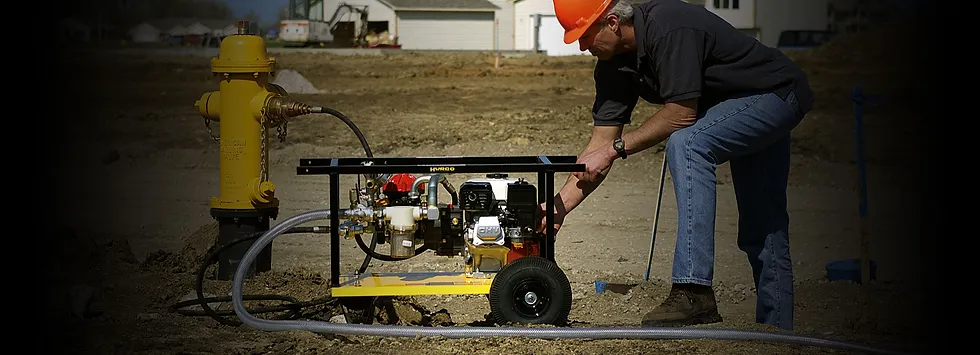How to Prepare for a Hydrostatic Test
Hydrostatic testing is a standard procedure for testing piping equipment and other products that must withstand pressure when operating. It helps to ensure weld and flange joints are fitted correctly and that the material used can sustain the pressure.
It also detects leaks in pressurized systems, such as home plumbing and fuel tanks. A professional can find leaks by monitoring a drop in water level.
Preparation
Hydrostatic testing is a standard procedure to verify that equipment such as gas cylinders, fire extinguishing cylinders, and chemical pipelines are structurally sound. The test involves filling the equipment with water and then allowing it to be pressurized beyond its normal operating pressure to see if there are any leaks.
Depending on the equipment under test, it may require more than one test to ensure a tight seal. Each time the system is tested, a test data log is built up, which helps technicians identify any issues with the unit before it goes into operation.
A hydrostatic test pump is essential because if a leaking sewer line is left unchecked, it can cause significant damage to your home’s plumbing and foundation. However, with preventative hydrostatic testing, you can catch and repair a leak before it causes any damage. If you need a hydrostatic test, it is recommended to hire a professional plumber to do the job right.
Preparing the Pump
Hydrostatic testing is essential to ensure your pipes, plumbing lines, and pressure vessels can withstand the water you put in them. This prevents leaks, which are costly to both homeowners and contractors.
During the test, a professional fills the pipe with water, then increases the pressure and holds it for a particular duration. This reveals any cracks or weak spots in the pipes or other components.
To prepare the pump, make sure the output hose has quick-disconnect couplings. Inspectors should also check that the supply line to the pump is free from obstructions and clogs.
Then, prime the pump by allowing water to flow through the system-side hose until it becomes air-free. This is an excellent time to ensure the supply and system gauges monitor water pressure. Once the test pump is filled and connected, it’s time to put pressure on the pipe or vessel.
Preparing the Pipe or Vessel
Hydrostatic testing is one of the most commonly used methods to test piping systems. It is a time-consuming test that requires a large quantity of water, but it provides the best method for inspecting welds and flange joints.
The system must be cleaned thoroughly and all air purged before filling with water or other test fluid. Once the system is filled, it is slowly and gradually pressurized to the required test pressure (usually 1.5 times the design pressure). The system is then held at this test pressure for a pre-determined period and visually inspected.
During the test, it is essential to have barriers around the system and to make public address announcements to restrict access to personnel. It is also essential to have a plan to isolate the system from other equipment and pipes to conduct the test safely. Lastly, it is critical to have radiography and ultrasonic inspection completed on the system before hydrostatic testing.
Preparing for the Test
Unlike plumbing leaks in homes, which can be highly costly, pipelines are often hidden underneath the ground and may not show obvious signs of trouble. This means it can be challenging to find the source of a leak until too late.
Pipeline hydrostatic testing is vital in ensuring new piping systems are safe. The test ensures that the piping system can bear its rated pressure and that there are no leaks.
A trained professional will fill the pipes with water and then pressurize them to identify any weaknesses in the system. A drop in the water level is a sign of a leak. This prevents costly damage and saves time and money in the long run. While some try to conduct hydrostatic pressure tests independently, this is not a DIY project and should only be performed by a professional. It can be dangerous and result in significant damage to the piping system.

